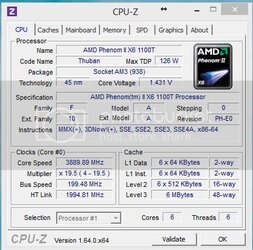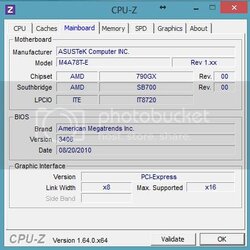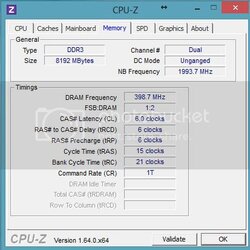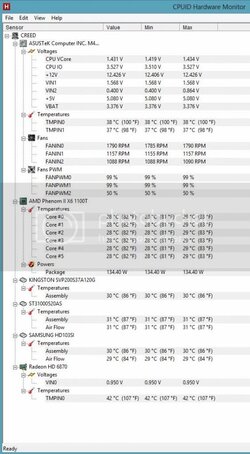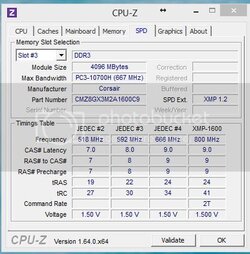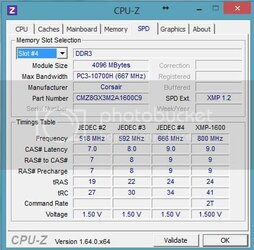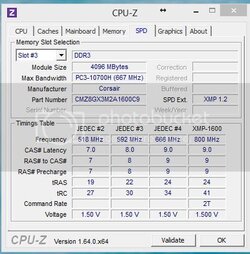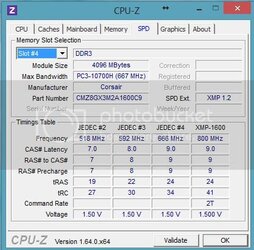themateika, each companies auto overclocker or OC genie or whatever it is called by the board manufacturer in bios, do things differently. Plus it depends on the chipset of the motherboard. Later overclock genies can change more items or do change more settings than the older ones.
OC genies usually drop the memory speed and often loosen the timings a little. The OC genie can also raise the voltage to the ram. OC genies also generally raise voltage to the cpu by quiet a lot as most users see it. If the AMD cpu were reporting 1.375V as its default voltage to the motherboard, then the motherboard might easily set the cpu voltge to 1.45Volts. Many not so knowledgable think that is too high but it is not any where near a danger zone voltage. On later model motherboards made in the last 18months or so, OC genies also seem to raise the CPU_NB voltage when on AutoOverclock. I have seen a couple of users captures or pictures in bios show the OC genie having raised CPU_NB voltage to 1.35V. Again higher than I use to run an FX-8350 at 5.4Ghz for funzies. But still not higher than AMD says the CPU_NB can be set to rather safely.
So using AutoOverclockers can be an exercise in frustration, since some of the settings make sense that we can check visually and others are simply a big overvolt to make some sort of OC Genie work for as many of the people as it can and work across the many variations of systems as users can make up their system from, while using that one type motherboard.
There is another thing to consider and that is that the Thuban processors appeared when the 9xx chipsets were already out. The 9xx chipset boards were around a year before the FX processors came to the public for sale. A ton of users that were waiting on the FX and had already bought the 9xx motherboards were running their Thubans on 2 chipsets later than your 7xx chipset mothreboard. They were also using the Thubans on DDR3 motherboards which are faster than DDR2 motherboards almost by default. So there are in truth any number of variables to actually consider as to how well a cpu will respond on a certain motherboard. AMD has tried to keep customers by allowing previous chipset boards to at least use the later cpu. That does not however mean that the CPU can be used to its' absoute fullest. AMD changed the specs for the traces for power delivery to the cpu to allow more power to be pulled throught those traces. That one change that is not on an older motherboard can make or break the ability to actually overclock a later cpu on older motherboard even if the cpu fits the socket and boots.
I have no idea why I tried to explain all of that. I guess because actually setting at the keyboard and making trial and error adjustments to the various values is the better way to try and get a later cpu to work on an older motherboard. By actually setting and knowing what was set, the users can generally get the most that they will ever get from a particular combination. Now in opposition to that, I have seen a few less knowledgable running an AMD processor on a motherboard using the old Nvidia chipset that the OC Genie was the only way to get any sort of decent overclock because the bios was without many of the manual settings needed for overclocking. So it all comes down to learning the terms that the bios uses and then thru trial and error making each setup/configuration do its' own very best. Luck man.
RGone...




